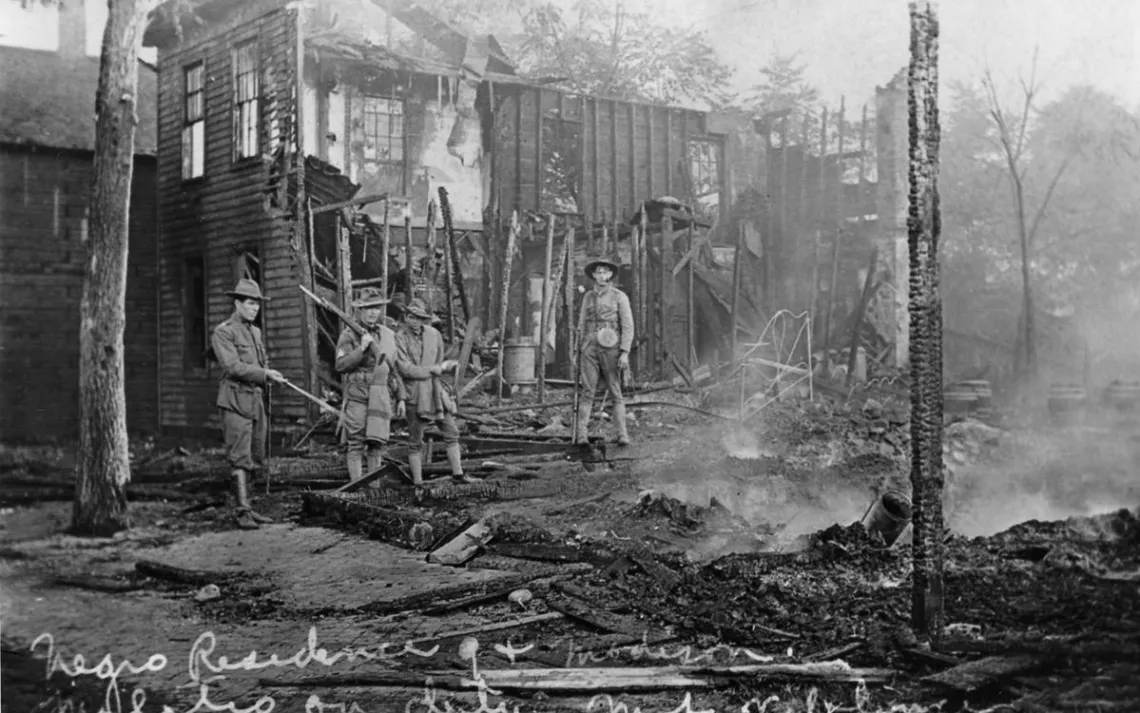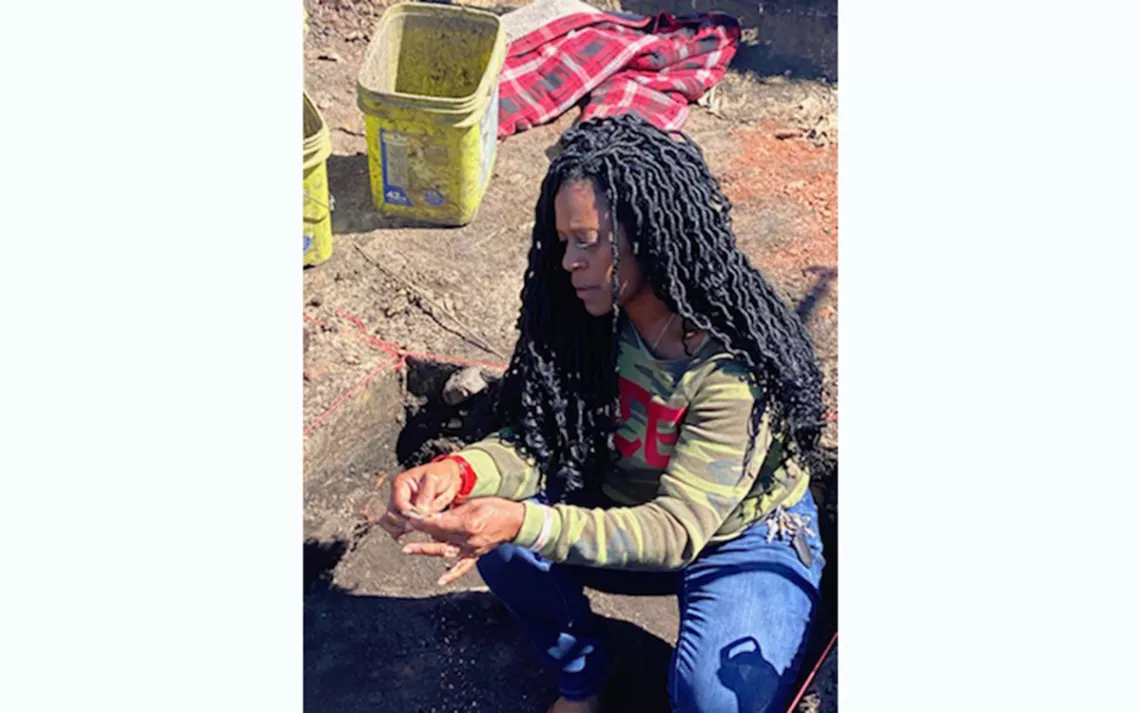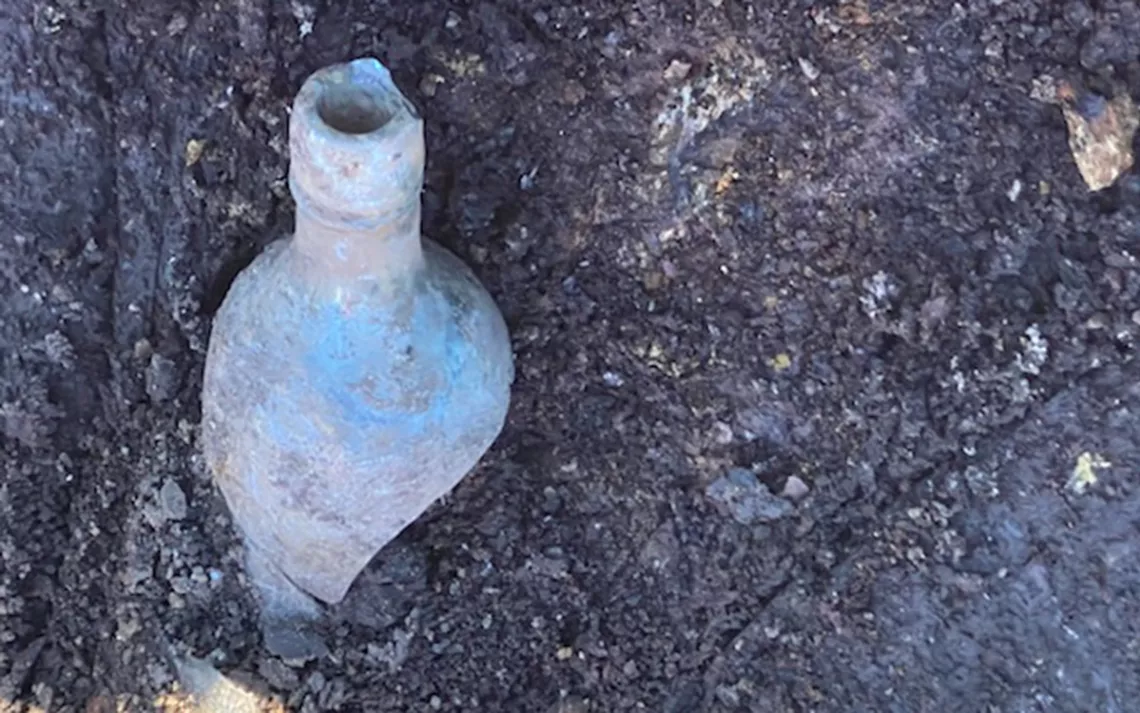Springfield Race Massacre Site Deserves Recognition, Protection
If Congress won’t act, President Biden should declare it a national monument

August 14, 1908 is a date that left a stain on the history of Springfield, Illinois. This city, known for being the home of Abraham Lincoln, was also the location of one of the most violent race riots in America’s history—one that many people today are unaware of. But that must change. Congress should establish a national monument to honor what happened in Springfield. And if it doesn’t, then President Biden should establish it by way of executive order under the Antiquities Act.
The riot was triggered by a false report that a Black man raped a white woman. Two Black men were arrested as suspects and imprisoned at the local jail. When a white mob, seeking to take matters into their own hands, learned that the sheriff had transferred these prisoners to another location outside the city, they angrily turned to attacking Black neighborhoods and lynching Black residents. The total financial losses from the riots totaled around $150,000—or close to $4 million in today’s dollars. The Illinois National Guard was eventually called in to restore order.
Though many Black people had escaped the South and fled to Illinois as a refuge from racism in the early 20th century, the Springfield riot was symptomatic of racism that pervaded the North as much as it did the South. Beyond financial losses, this act of terror has had residual effects on generations of Black folks living in East Springfield.
Today, Springfield is divided by a set of railroad tracks, with wealthy whites on the west side and relatively poorer Black folks living on the east side. This physical delineation represents two separate ways of life. While one side was able to prosper with new buildings, hospitals, and amenities, the east side never had that opportunity after the devastation of the riots and the wealth gap that it caused.

Photo courtesy of Teresa Haley

Photo courtesy of Teresa Haley
This violent episode in our history also served as the catalyst for the creation of the National Association for the Advancement of Colored People (NAACP), which aimed to be a voice for Blacks fighting just to live in the United States in the early 1900s. The NAACP continues to empower, educate, and encourage today. The NAACP, the Sierra Club, and many other grassroots and local organizations recently sent a letter to President Biden urging him to make the site a national monument so that this history is never forgotten.
The proposed Springfield Race Massacre monument would encompass an archaeological site near Madison Street and the 10th Street Rail Corridor where the foundations of five houses burned down in the riot and associated artifacts have been found. In 2014, the Federal Railroad Administration and the Illinois State Historic Preservation Office determined that the area is eligible for listing in the National Register of Historic Places.
There is bipartisan support in Congress to protect the archaeological site that marks the Springfield Race Riot. Republican Rodney Davis, who represents Springfield in the House, and both Illinois senators—Democrats Tammy Duckworth and Dick Durbin—have introduced the 1908 Springfield Race Riot National Monument Act, which would establish the site as a national monument to be managed by the National Park Service. It is their hope to have this site named as a national monument on the anniversary of the massacre—August 14. Unfortunately, Republicans in the Senate have kept that bill bottled up in committee.
Beyond this, President Biden has the power to use the Antiquities Act to create a monument honoring this dark time in our history. This act is one of the best safeguards to preserve places with deep cultural, historical, and ecological significance. Doing so now would not only be the right thing to do, but it would also come with tremendous symbolism. This month marks both Black History Month and the anniversary of the founding of the NAACP—February 12.
What happened in Springfield is emblematic of the racism experienced by Black folks in the United States during the early 20th century—and its lingering effects to this day. By dedicating this site as a national monument, we not only pay tribute to what happened there and vow for it to never happen again but we also acknowledge the plethora of Springfields across the country—places where Black people faced racism, lynchings, violence, and segregation.
Among our nation’s national parks, less than a quarter are dedicated to acknowledging the histories of diverse peoples, movements, and cultures. Designating this site will help ensure US public lands reflect America’s diversity. Similar to the Pullman, Stonewall, Hono'uli'uli, and other recent national monuments, a Springfield Race Riot monument would highlight an often forgotten event in our country’s history.
The fact is that without Black history, there is no American history. Black folks have fought, bled, and died to advance to the levels we have, and while we’ve come a long way, there is still a long way to go. This proposed monument would remind Americans of this trajectory: from one of the lowest points in our history, to the creation of one of the oldest and largest civil rights organizations in this country, to the America that we witness today, and to the hopefully equitable and just America of the future.
 The Magazine of The Sierra Club
The Magazine of The Sierra Club



